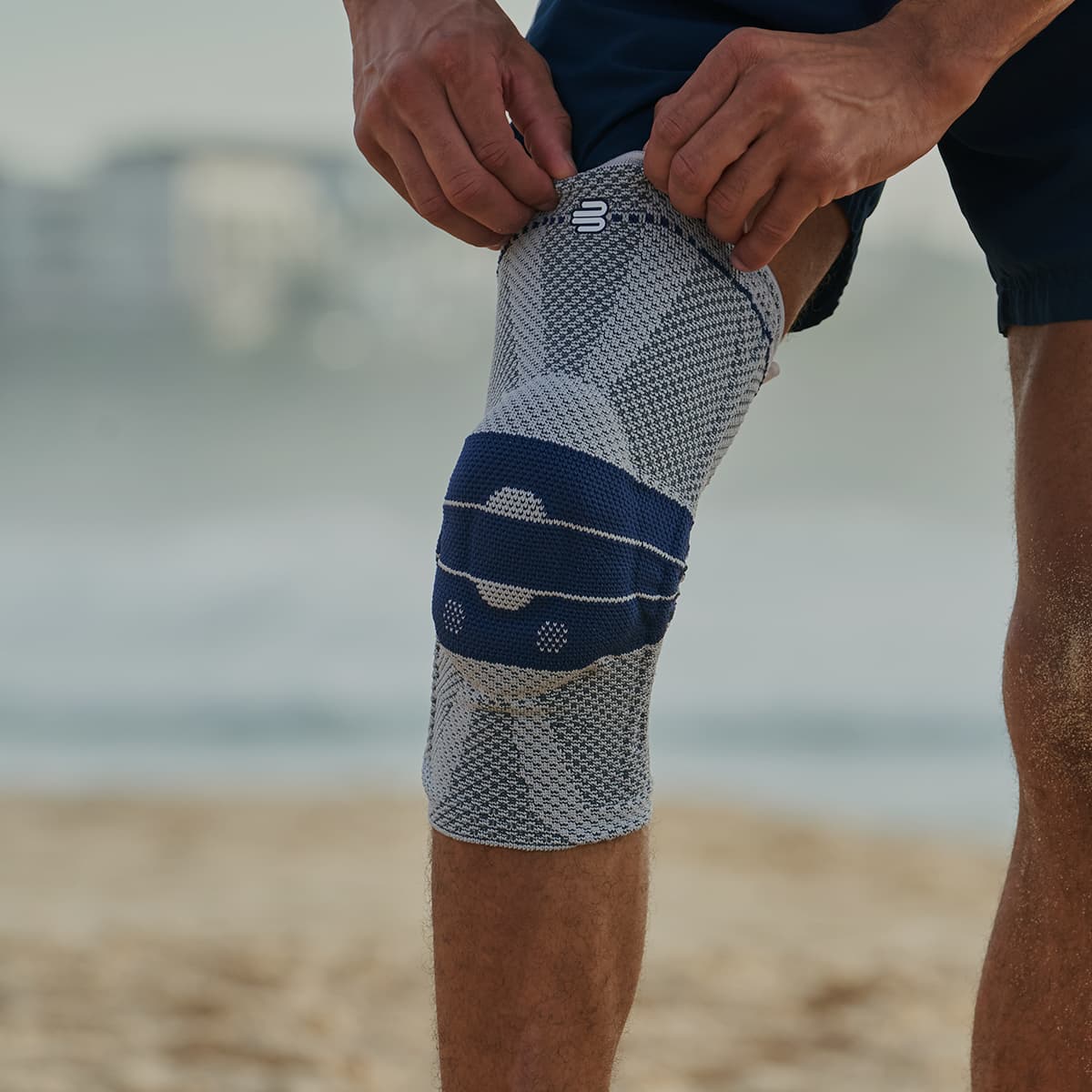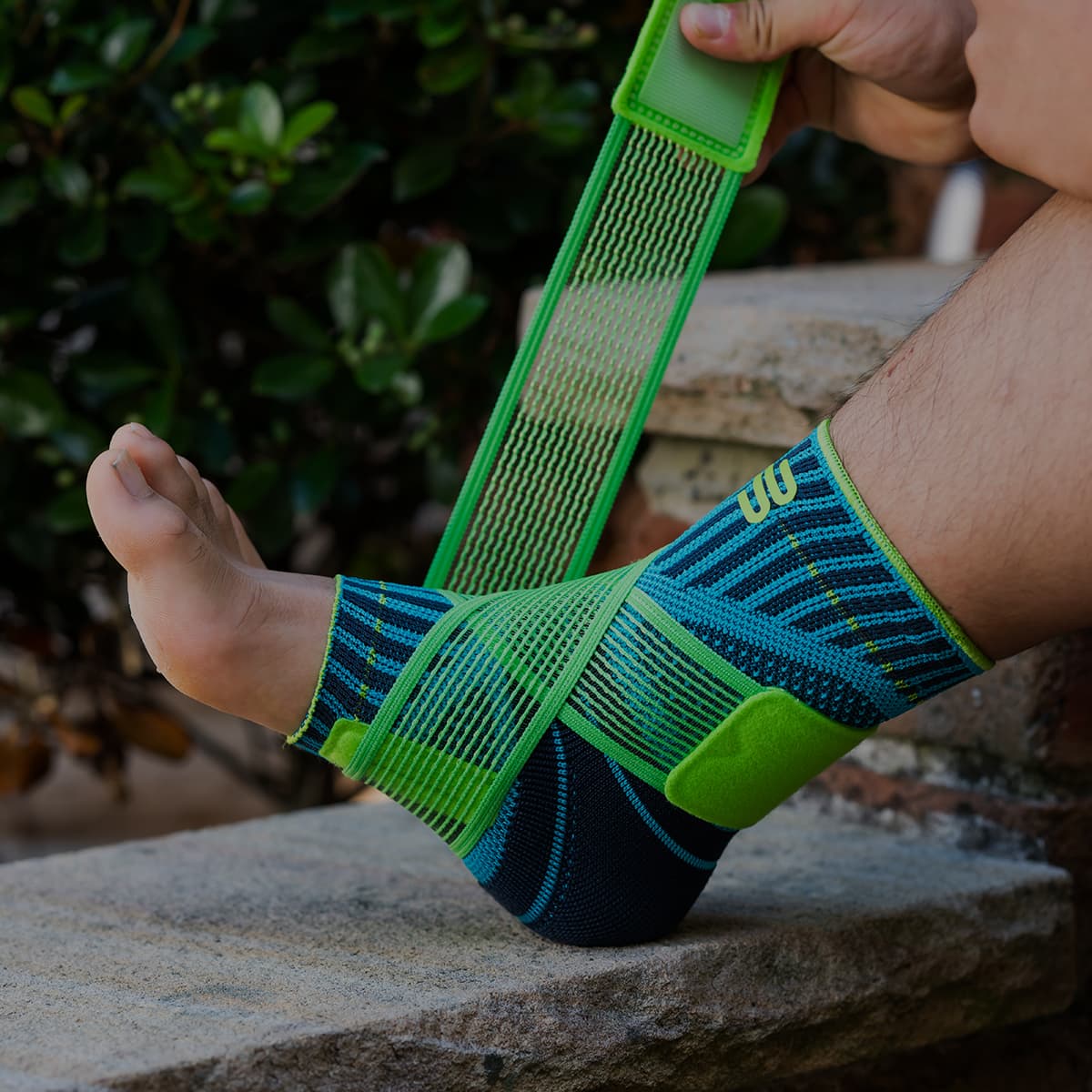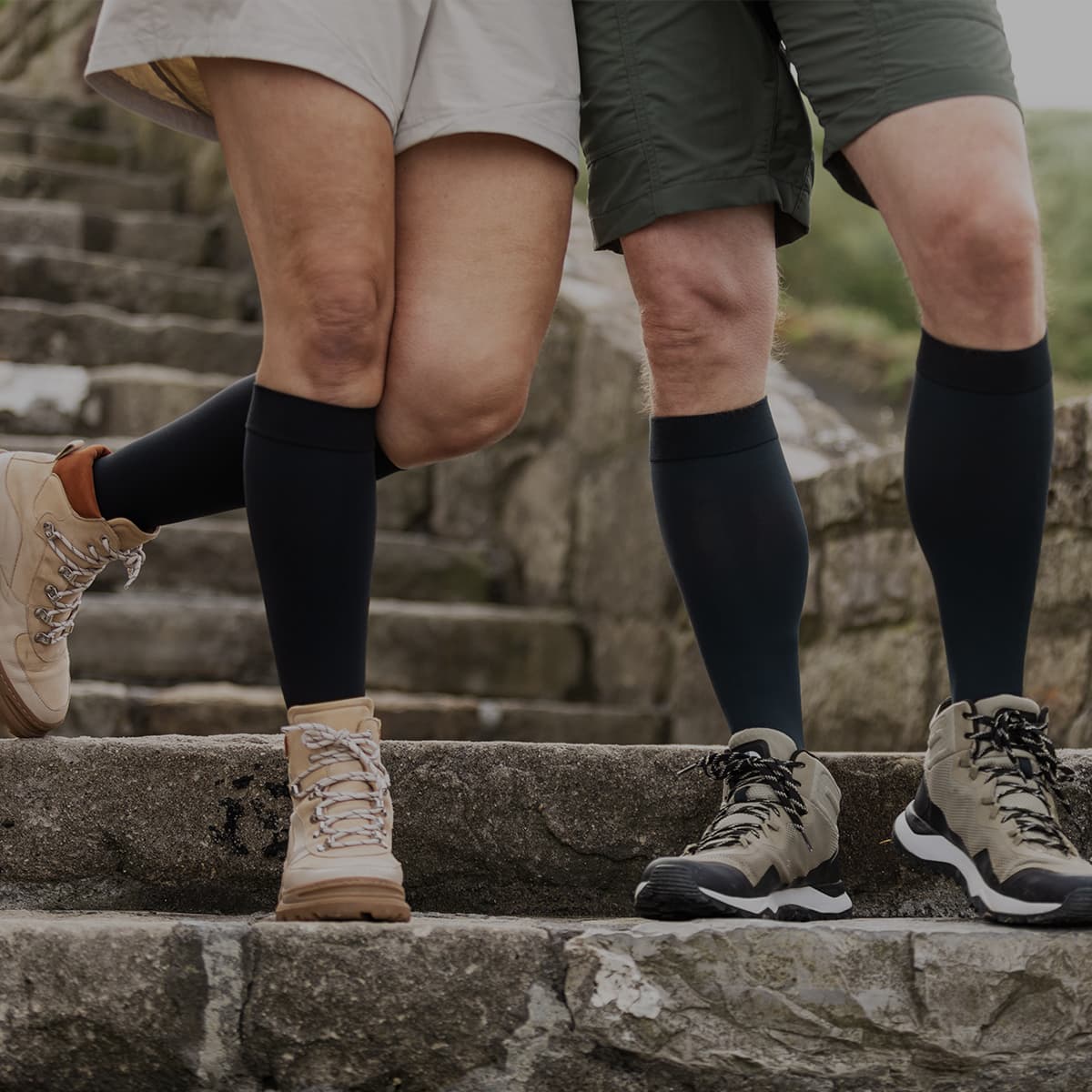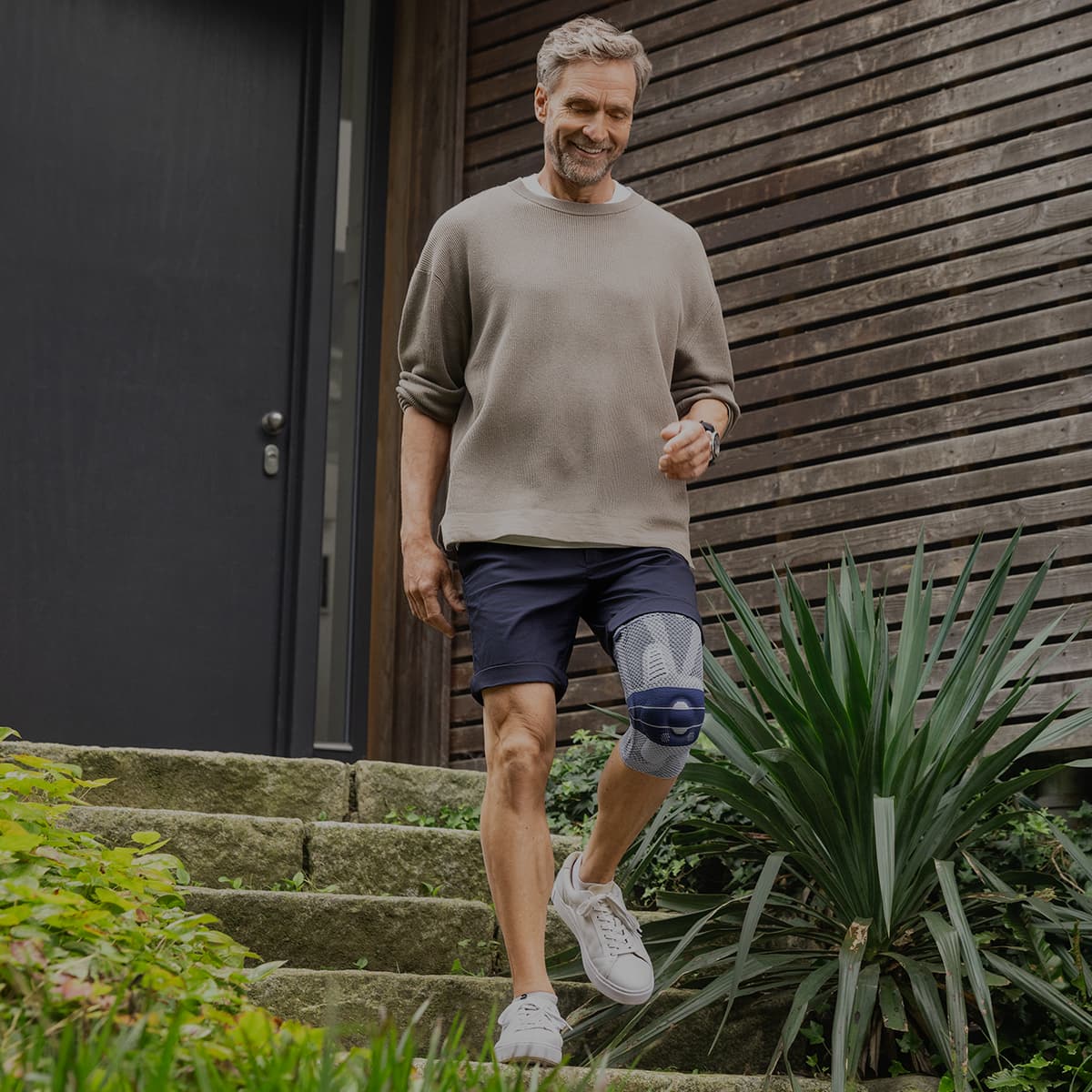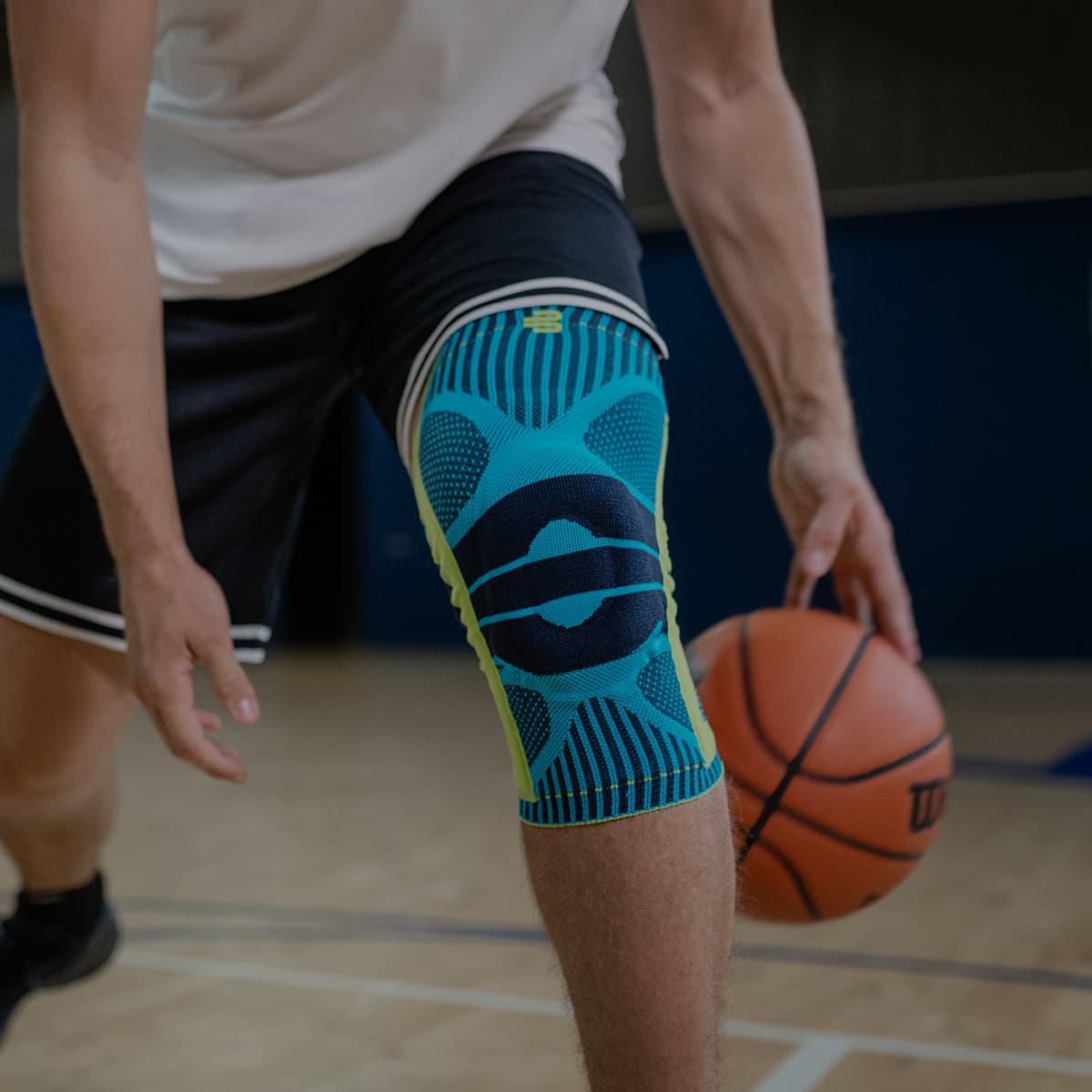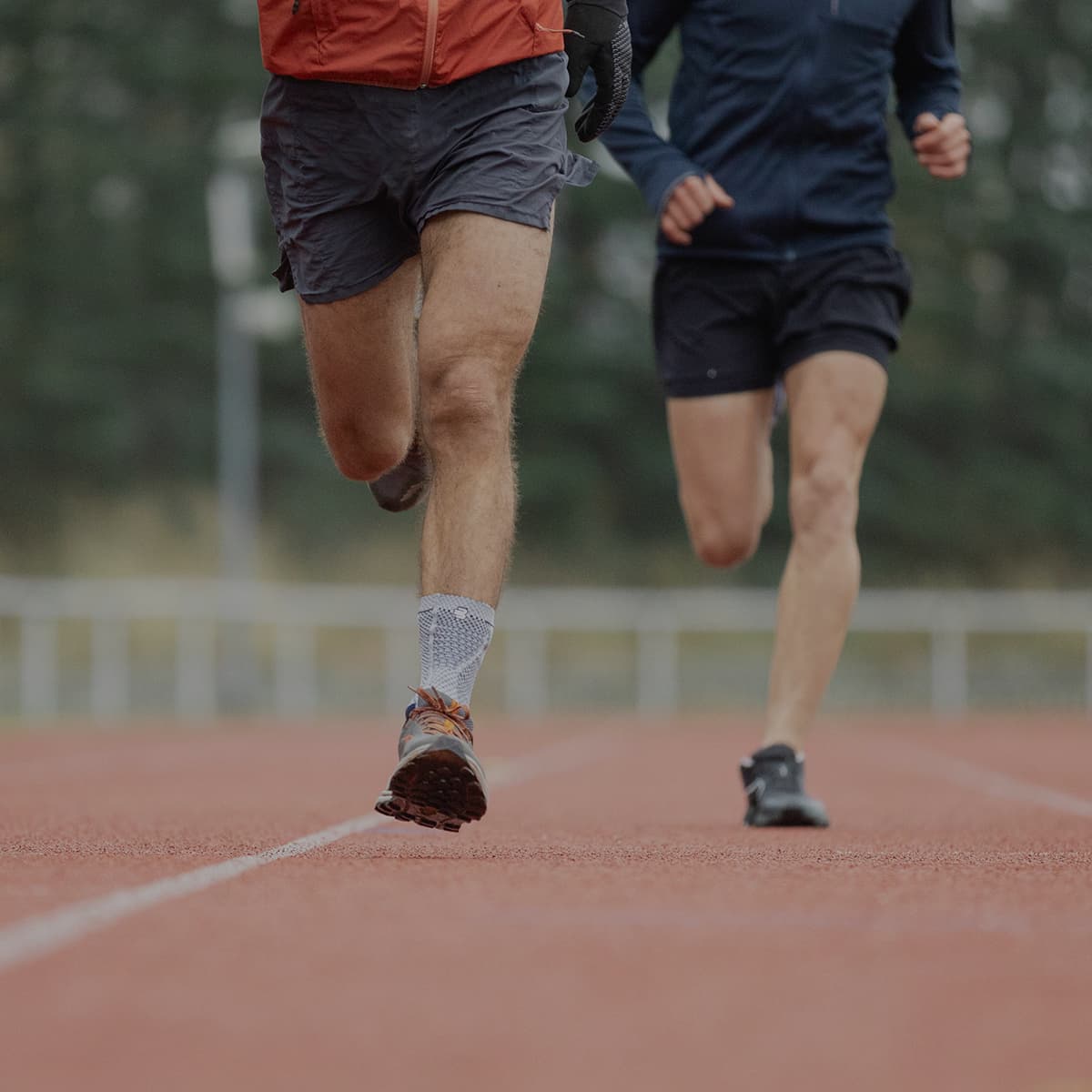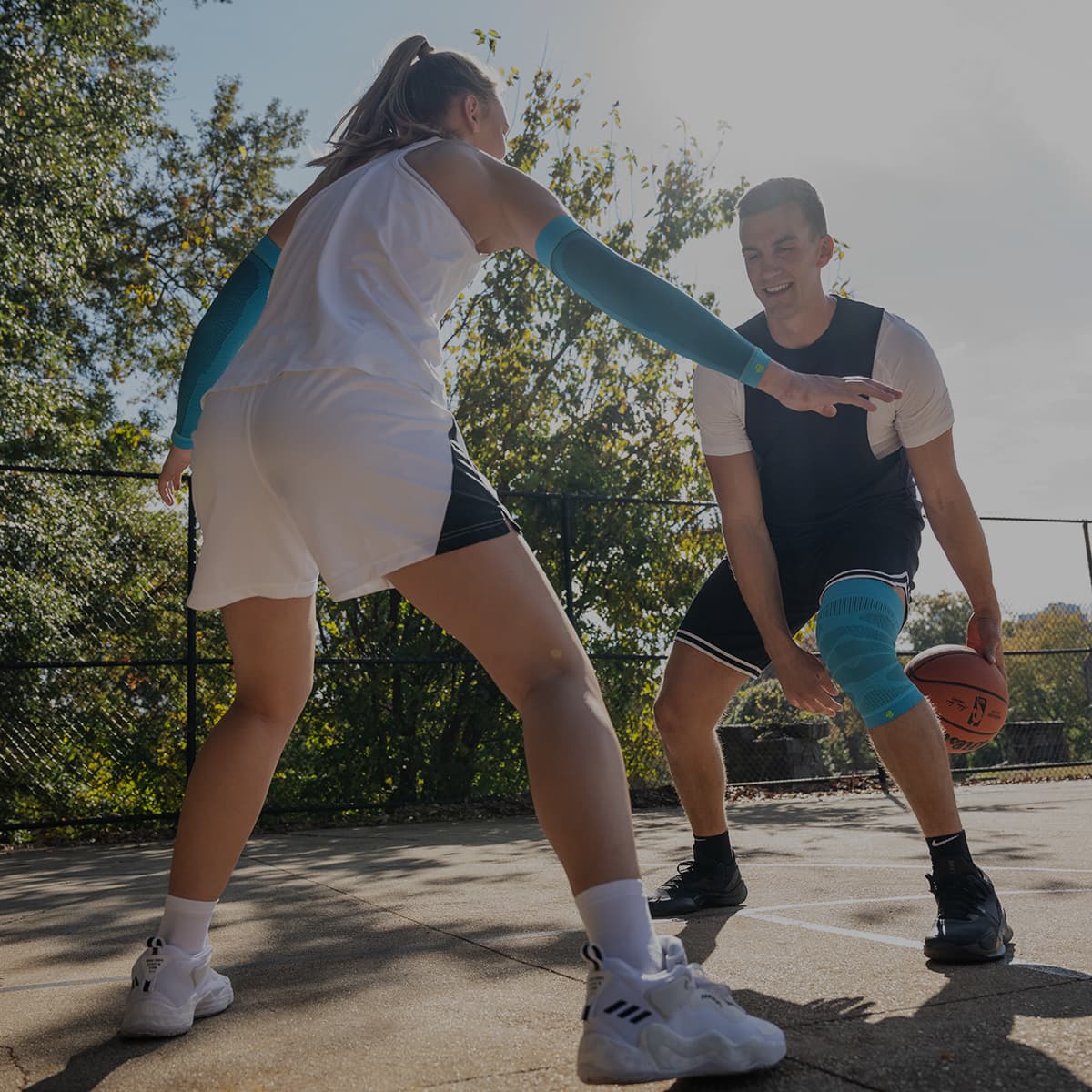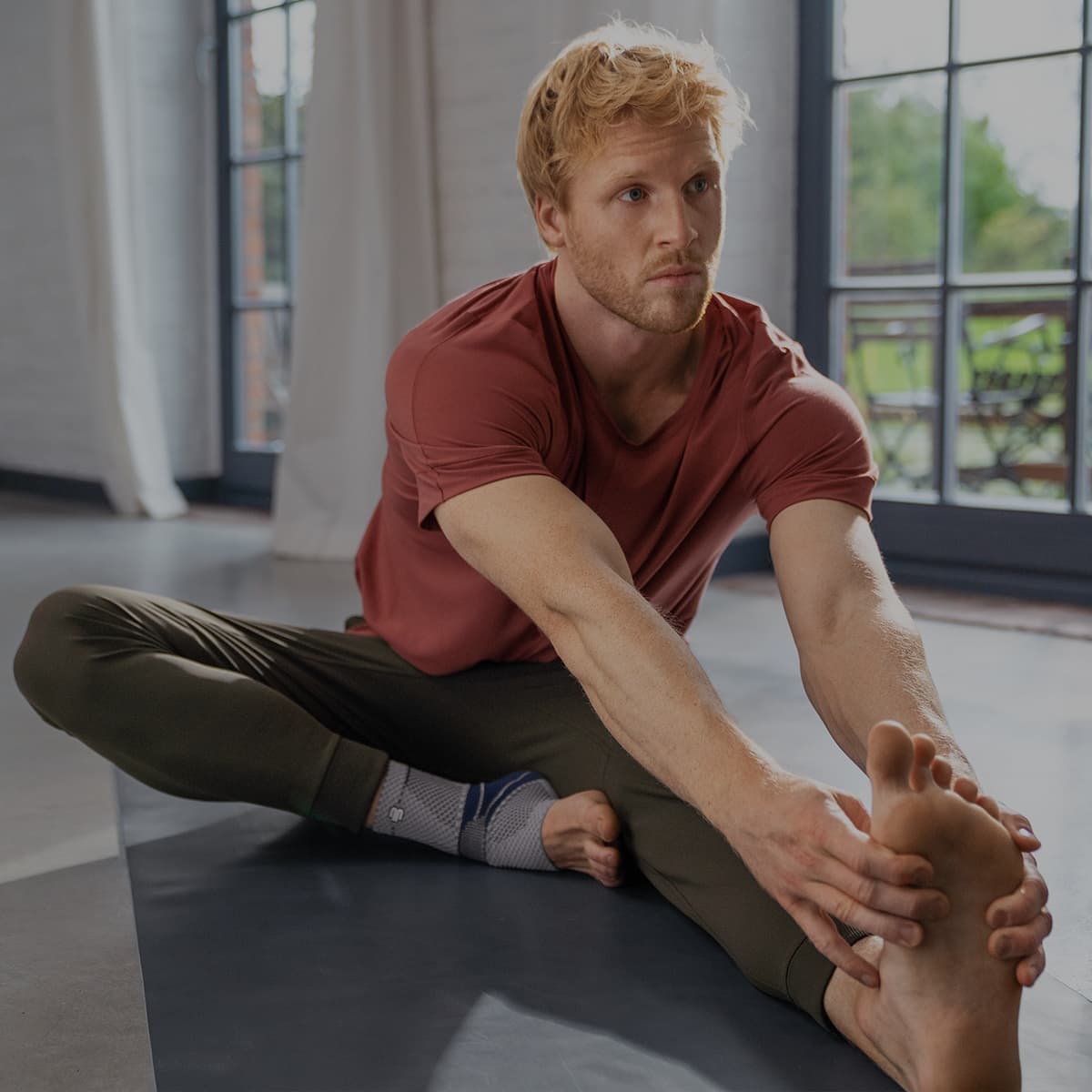Our ankles are involved in almost every physical movement, but they are also required for us to simply stand upright. This makes our ankles one of the most important parts of our body but also one of the most prone to injury. Selecting the right ankle brace is important and can mean the difference between a lengthy recovery or quickly getting back on your feet.
If you're looking for guidance on the type of ankle injury you have, try this page: What Ankle Injury Do I Have?
Selecting the right ankle brace for your injury
Below we have listed different types of ankle braces including their main features and the ankle injury they are most suited for:
Ankle compression sleeves:
These types of ankles braces are usually made of neoprene, woven elasticised fabric or other stretchable materials. They are designed to be worn as you need them and are ideal for mild issues like stiffness and soreness, weakness in the ankle and mild swelling.
Example: MalleoTrain Ankle Support
Ankle Strap/Wrap braces:
These braces are a compression sleeve with the addition of a built-in strap, often a figure 8 strap that is adjustable to provide extra stability to the ankle joint.
These ankle braces are a great option to reduce the risk of rolling, twisting or spraining your ankle, without being too bulky or obtrusive. These braces are designed to utilise the stronger parts of your ankle and lower leg to take pressure off the ankle itself.
Example: MalleoTrain S Ankle Support with Strap
Lace-up Braces:
These aren’t as common as others. Originally designed for athletes who want to fully adjust the amount of tension on the ankle, they can, therefore, be adjusted to each person depending on their injury.
Generally, though, the fabric is uncomfortable and the lack of ventilation often means they can overheat. These types of braces are good for low-end instability when strapping is not desired.
Semi-Rigid ankle brace:
Semi-rigid braces are designed to provide support post-injury. The unique design allows for the brace to stabilise the ankle, while still allowing active movement.
These ankle braces often have multiple components to suit various stages of rehabilitation from an ankle injury. This helps patients to transition through their recovery with the one brace. These braces are highly versatile, and great for multiple issues, such as swelling and instability, fractures and post-op recovery.
Example: MalleoLoc L3 Ankle Brace
Rigid ankle brace:
Rigid braces are the highest level of support you can get for your ankle. Utilising a rigid splint to keep your ankle in a particular position, they’re most often fastened with strapping and use padding, air cushions and inserts to keep the joint supported.
This type of ankle brace is most commonly used for chronic instability, severe injury and post-op recovery. Often, rigid braces are the best chance people have of being able to walk with a severe ankle injury.
Example: Caligaloc Ankle Brace

Using the right brace is just one part of managing ankle issues and it is best done alongside treatment by doctors and physiotherapists, resting the ankle and strengthening the joint with targeted exercise.
Do you have private health? Most private health extras will cover Bauerfeind Products, check to see if yours is included. Bauerfeind Private Health Insurance Inquiry.
Bauerfeind products are developed at our innovation and manufacturing facility in Zeulenroda, Germany. Based on years of scientific research, our award-winning braces and support garments are highly recommended by medical professionals and athletes worldwide.
For assistance selecting the right product for your needs, book a video consultation with a Bauerfeind expert: Book Video Call, or call us on 1300 668 466

